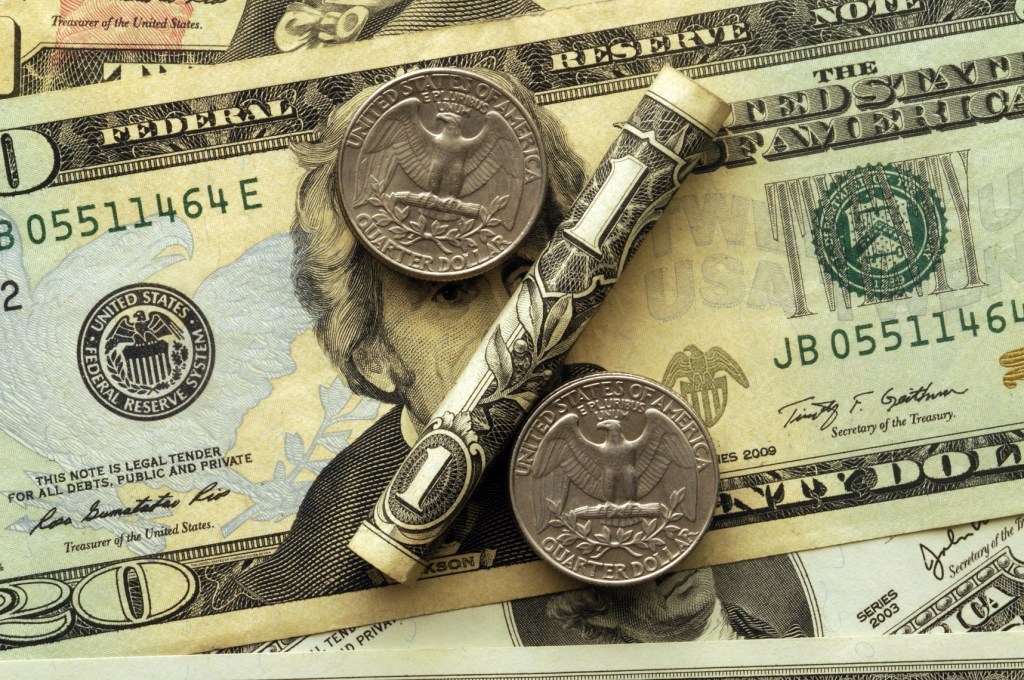The Federal Reserve’s monetary policy committee voted unanimously to lift the federal funds target rate by 75 basis points to a range of 2.25% and 2.5%. The increase follows a hike of a similar magnitude in June, and increases of 25 basis points in March and 50 basis points in May. The Federal Reserve noted the rate hike was in an attempt to cool off inflation, which remains at its highest level in four decades.
“This [rate hike] was extremely well-communicated, we expected it to happen. The reason we’re seeing this policy change is in response to a lot of things that are happening in the broader economy,” Zonda chief economist Ali Wolf said on the most recent National Housing Market Update webinar, recorded just ahead of the Federal Reserve’s announcement. “Inflation is at the highest level we’ve seen in 40 years, and we continue to see it spread across multiple sectors. Purchasing power is falling to some segments of the economy more than others, some individuals on a fixed income or some lower-income individuals. It is one of the Federal Reserve’s dual mandates to get [inflation] under control, that’s why we are seeing the policy change.”
MarketWatch reports that rates, which are rising at the fastest pace since 1981, are already having a “dampening effect on the economy,” with indicators of spending and production both softening.
Yet central bank officials signaled they are not about to let up. “Ongoing increases” in interest rates “will be appropriate,” the Fed said.
“While there are looming concerns over growth, the Fed has decided that in the battle against inflation, it will shoot first and ask questions later,” said chief economist Avery Shenfeld of CIBC World Markets.
One key question for economists is how far the Fed will eventually have to raise its benchmark rate into “restrictive” territory to bring inflation down. Rates are considered restrictive when they significantly slow the growth in the economy
The level of rates right now matches what the Fed considers neutral — neither boosting nor slowing the economy.



